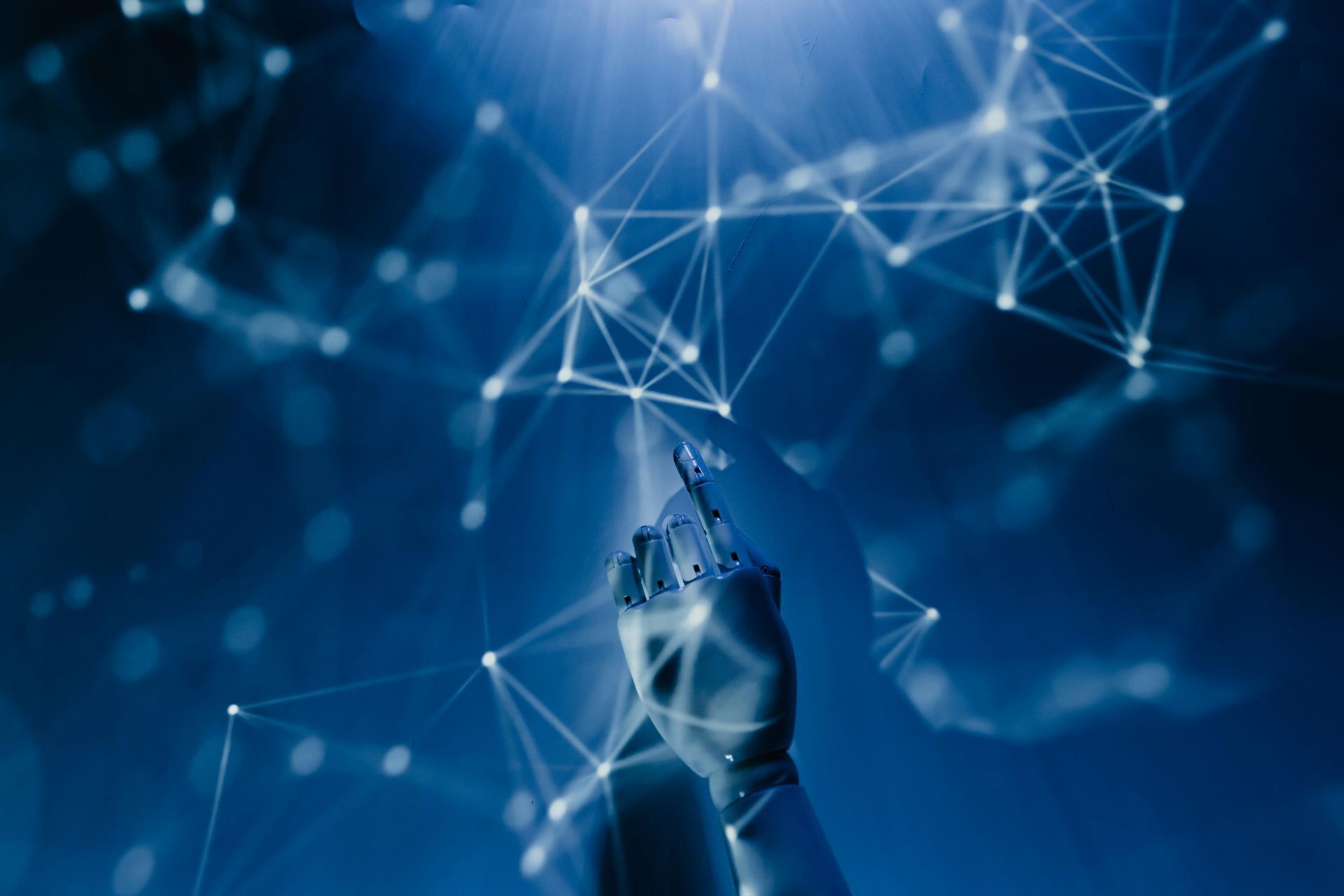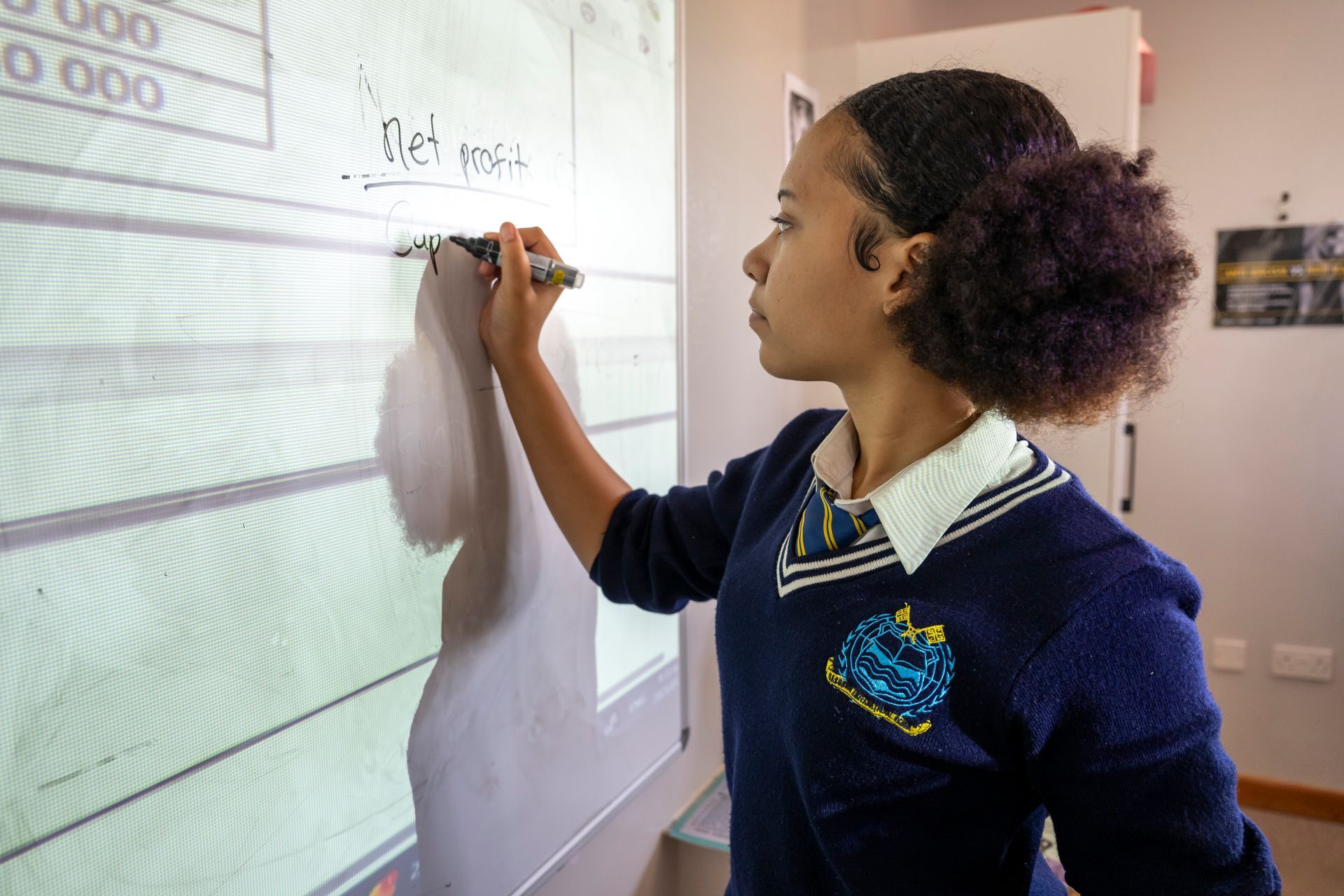THE IMPORTANCE OF TEACHING CHILDREN ABOUT DIVERSITY
The I
We all want children to grow up in a world free from bias and discrimination, to reach for their dreams and feel that whatever they want to accomplish in life is possible. We want them to feel loved and included and never to experience the pain of rejection or exclusion, but the reality is we live in a world in which racism and other forms of bias continue to affect us. Discrimination hurts and leaves scars that can last a lifetime, affecting goals, ambitions, life choices, and feelings of self-worth.
How can we best prepare children to meet the challenges and reap the benefits of the increasingly diverse world they will inherit?
We can teach children to respect and value people regardless of the colour of their skin, their physical abilities, or the language they speak. We can also raise children to celebrate and value diversity and to be proud of themselves and their family traditions.
For some of us, the communities in which we live are rather consistent while others live in more diverse areas, with a diverse landscape. Regardless of the area or country we are raised in, it’s important to instill a sense of acceptance and tolerance within our children.
After kids leave toddlerhood behind, it’s tempting to think that kids can be kept innocent and protected for as long as possible. However, once kids learn a language well enough to communicate back and forth with others, they begin interacting with many people outside their immediate family and learn more about the wider world around them.
Children need examples of others who are open and accepting of difference because they are heavily influenced by the behaviours of the adults they interact with. Grandparents and parents can play an active role in shaping their children’s behaviours, by helping them to be more accepting of and kind toward those who look different from them.
They also tend to base their stereotyping on physical traits such as race, gender or age, and understand their environment through categorisation, so they make sense of the world by grouping people together according to how they look. As a result, children will most likely identify with a group of people who have a similar appearance to them, and they will become disengaged from people who appear different from them.
Parents can help their children value and appreciate diversity in everyday experiences by modelling behaviours that are open and kind toward others, such as;
· Practicing Unity
· Using Kind Language
· Being Kind in Action
· Having Multicultural Experiences
· Redirecting Intolerant Behaviour
It is important for children to have role models who motivate them to engage in multicultural activities. While children are in many different learning environments, parents have the greatest impact on how their children perceive and act toward others. To appreciate what each child can contribute to the class, teachers need to learn about each family’s cultural values. Helping children to see themselves in your teaching, curriculum, environment and materials enables them (and their families) to feel welcomed and valued.



